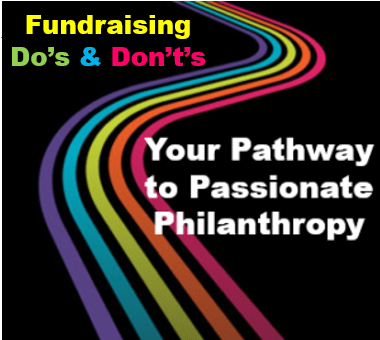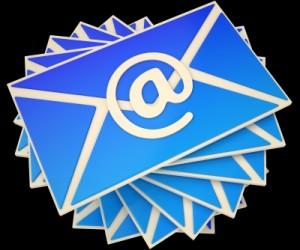Top 10 Strategies to Transform Reluctant Fundraisers into Ready Philanthropy Facilitators

What’s holding you back? Culture? Fear?
How do you help people afraid of fundraising become comfortable in what should be a mission-aligned role for everyone associated with your nonprofit organization?
After all, everyone benefits from increased philanthropy. Not just development staff.
Increasingly, successful nonprofits are adopting cultures of philanthropy where everyone involved – administrative staff, program staff, board members, committee members, direct service volunteers and even beneficiaries – comes together as ambassadors, advocates and askers on behalf of furthering the organization’s mission, enacting its values and fulfilling its vision.
Facilitating philanthropy is not rocket science, yet folks unaccustomed to the relationship cultivation and solicitation required to land major donations are fearful because they don’t know how to do it. Actually, they do. They just need some guidance, hand holding and support along the way. Reluctant fundraisers tend to think fundraising is just about money. It’s a lot more than that.
It’s the job of a nonprofit’s leadership to work with insiders (staff and volunteers) to help everyone feel both passionate about the cause and confident in the fundraising process.
There are barriers to be overcome; first and foremost is fundraising fear. This fear takes many forms, and is perhaps best expressed in some of the questions I frequently receive. So I’m endeavoring to answer these questions below. Hopefully this will help you address these challenges within your own organization so you, too, can transform folks from fearful and reluctant “fundraisers” to joyful and ready “philanthropy facilitators.”













 Not as much as you might think.
Not as much as you might think.









 Does your nonprofit promote stock gifts? You should!
Does your nonprofit promote stock gifts? You should!
 Early in my career I received a piece of fundraising advice that has stuck with me to this day:
Early in my career I received a piece of fundraising advice that has stuck with me to this day:
 I generally counsel nonprofits to
I generally counsel nonprofits to 
 Here is some wisdom gleaned from many decades of personal nonprofit work.
Here is some wisdom gleaned from many decades of personal nonprofit work.


 In 2018, WSJ columnist Christopher Mims observed:
In 2018, WSJ columnist Christopher Mims observed:

 Today I’m going to tell you how to create a fundraising appeal that’s all about your donor’s happiness.
Today I’m going to tell you how to create a fundraising appeal that’s all about your donor’s happiness.
 “Begin at the beginning and go on till you come to the end; then stop.” So wrote Lewis Carroll in Alice in Wonderland.
“Begin at the beginning and go on till you come to the end; then stop.” So wrote Lewis Carroll in Alice in Wonderland.

 Underlying this 1-2-3 formula is a need for balance.
Underlying this 1-2-3 formula is a need for balance.
 If you’re constantly encountering people on your staff or board who want to curtail your fundraising efforts, you’re not alone.
If you’re constantly encountering people on your staff or board who want to curtail your fundraising efforts, you’re not alone.
 The major gift journey is a synergistic one. You see, it’s both your journey and your donor’s journey.
The major gift journey is a synergistic one. You see, it’s both your journey and your donor’s journey.

 I’m excited to share three easy tips with you, and the results are measurable. Do these things and you’ll be able to tell if they impact your bottom line!
I’m excited to share three easy tips with you, and the results are measurable. Do these things and you’ll be able to tell if they impact your bottom line!
 In
In 




 I know you’re working on calendar year-end fundraising right now.
I know you’re working on calendar year-end fundraising right now.


 How often have you heard someone say “I hate fundraising; I’ll do anything else,” or something along those lines?
How often have you heard someone say “I hate fundraising; I’ll do anything else,” or something along those lines?
 I’ve created for you a little “Declaration of Fundraising Independence” to help you become a fruitful philanthropy facilitator from this day forward.
I’ve created for you a little “Declaration of Fundraising Independence” to help you become a fruitful philanthropy facilitator from this day forward. No one can do it alone, sitting in their own little corner.
No one can do it alone, sitting in their own little corner.

 The Lilly Family School of Philanthropy projects total giving will grow by an estimated 4.1% in 2021. So you can’t use the pandemic as an excuse for raising less money in the year ahead.
The Lilly Family School of Philanthropy projects total giving will grow by an estimated 4.1% in 2021. So you can’t use the pandemic as an excuse for raising less money in the year ahead.